Physical Wellness Month
Jump to:
- Finding Motivation for Physical Activity
- Physical Wellness
- Physical Wellness in Clerkship
- Managing Fatigue Post Call
- Post Call Activities
- App Recommendation: Down Dog
- LWI Free Fitness Guides and Podcasts
- Social Media and Body Image: Breaking the Toxic Relationship
- Yoga, why do it?
- Introduction to Meditation
- Outdoor Fun: All Trails
Finding Motivation for Physical Activity
Hilary Wilson
Time is a limited resource in med school, which can make it difficult to fit in exercise. Not only that, finding the energy to workout can also be a challenge. Here are some tips that I’ve found helpful to stay physically active during all years of med school:
- Set small, achievable goals: going to the gym for an hour on a daily basis can seem like a great goal, but if life starts to get busy and you end up missing a day, it can be easy to fall off the wagon altogether. Instead, try starting by setting a small, achievable goal, such as a 30 minute workout 3 times a week. This will allow you to have a better chance of meeting your goal when life is unpredictable. It also requires less motivation to convince yourself to do a shorter workout than a longer one.
- Include friends: having teammates or a workout buddy counting on you is great motivation not to cancel your exercise plans! Consider asking one of your friends to meet for workouts, or join a rec intramurals team and make some new friends along the way!
- Invest financially: similarly to using friends as motivation, you can also use your hard earned cash (or LOC!) as an incentive to workout! If you book a class that requires prepayment, or purchase a monthly pass to a gym, you’ll know that skipping that class or passing on the gym for weeks at a time is putting that money to waste!
- Make it convenient for you: it’s amazing how small barriers can be made into excuses to not exercise. If commuting is an issue, try an at home workout or find a gym close to campus/your clinical site or near home. Have your workout clothes and shoes laid out and ready to go so you don’t even need to think about it!
- Reward yourself for staying on track: whether it’s a short term reward like an evening with friends or a hot bath, or a longer term reward like saving for a vacation, having something nice to look forward to can be a great source of motivation!
- Fit physical activity into your day: taking the stairs instead of the elevator, parking further away, and taking an activity break at lunch are all fairly easy ways to increase your daily step count!
Physical Wellness
Madison Burella, MS4, Northern Ontario School of Medicine
Growing up, competitive dance was an integral part of my life. I formed lifelong friendships and learned how teamwork influenced our ability to move in sequence on stage. Through my lived experiences of overcoming adversity, dance taught me the importance of discipline, perseverance, and leading a healthy lifestyle.
My dance teacher was someone I looked up to from a very young age and she always encouraged me to follow my dreams. Although my passion for dance never dimmed, I aspired to become a nurse. I obtained a degree in nursing and began working in the Emergency Room. As a new graduate nurse, I integrated the lessons I learned as a dancer into my career to help me balance the demands of shift work.
A few years later, my life took an unexpected pirouette when I decided to go to medical school. Like nursing, medical school is demanding. I’ve recognized the importance of taking care of myself through healthy eating, adequate sleep, and physical activity to ensure I am fit to learn and care for others. I believe physical wellness looks different for each of us. You may put your phone down an hour earlier in the evening to get a good night sleep, prep your meals for a busy week ahead, or take a walk around hospital grounds on your break to get some fresh air and vitamin D. Regardless of how you attend to your physical wellbeing, be cognizant of finding some time each day to reconnect with your inner self. Taking this time for ourselves will not only promote optimal wellbeing during our medical training but it will also prepare us well for our role as future physicians.
Physical Wellness in Clerkship
Sarah Smith, MS3, University of Saskatchewan
As a new clerkship student, it has been tough adjusting to the new responsibilities, working hours, and learning how to integrate your pre clerkship knowledge into working with patients. Many medical students feel they have to give up or spend less time on hobbies or other fun activities due to the demands of medical school. Additionally, it can be hard to focus on your own personal wellness, especially physical wellness. Here are a few things that I have found helped with my physical wellness so far in clerkship:
- Sign up for intramural sports: At the University of Saskatchewan, we have a strong intramural sport program, with activities ranging from dodgeball, volleyball, innertube water polo, basketball, and more! Clerkship also can feel very lonely, as most students operate on a different schedule than one another. The great thing about intramural sports is it provides a low commitment, weekly opportunity to bond with your teammates, whether they be other medical students, or students in other programs. It also provides a scheduled time to be healthy and active.
- Take advantage of health benefits: Hours spent on your feet and with bad study posture can wreak havoc on your physical wellness. If you have benefits for things such as massage therapy, use them! It can be a great break for your body, and hopefully make the upcoming work week a bit easier.
- Invest in some good shoes: It’s easy to get a high step count in clerkship, as you’re constantly moving, completing tasks and seeing patients. Invest in a good pair of high-quality shoes that work for the rotation you’re on. I personally love my “Vessi” running shoes for the clinic, but I also love my close-toed Crocs for days on the ward when you might be in the “splash zone”. As a side note – compression socks are everything!
I hope these tips help you to maintain your physical wellness in medical school!
Managing Fatigue Post Call
Mahraz Parvand, MS3, UBC Vancouver
Medical students are often on 24-hour call shifts every three or four days as a part of their training. You may be able to squeeze in a couple of hours of sleep during this time, or if your service is very busy, you might not even get to the call room! So, how do we manage fatigue post calls?
Firstly, be sure to have adequate sleep before your on-call shift. If possible, try not to start your on-call shift with sleep deprivation. On post-call days, I find it helpful to spend time with friends outside of medicine, doing something that is not related to work. As call shifts can be isolating, I find that communicating with friends who have various occupations allow me to feel like I am still connected to the world outside of work. However, try to sleep at a decent time! It is tempting to stay out late and spend time with friends, but keep in mind, you have another call shift coming up! Try to sleep at a decent time and wake up at your usual time the morning after.
I have also noticed that sometimes I am so busy during my shift that I forget to drink water. One way to avoid fatigue is to stay hydrated! Sometimes it is so tempting to drink many cups of coffee or tea, but keep in mind that these give you a starter kick, but when you are post-call, you might be unable to sleep with these drinks, and the fatigue becomes a cycle!
If you can, try to avoid driving on your post-call day. If you are at a hospital that is relatively close by, try walking or commuting. The fresh air could help decrease fatigue. If not, try to avoid going straight to bed. You likely still have a high adrenaline level right after calls! Try to listen to music, go for a light jog, or read a book before you go to bed for a good quality sleep.
These are some of the techniques that I have used to maintain my physical wellness during call-shifts! Hope you keep exploring and sharing your methods with us as well!
Post Call Activities
Raveena Kapoor
After a night on-call, there is a whole post-call day ahead. For me, I like to come home and get a good sleep, but then afterwards I feel as though there are endless possibilities for ways to spend my time! Sometimes it feels nice to spend the day laying in bed and watching Netflix (and can definitely be much needed), but other times it can feel nice to get some physical activity in. I find that on post-call days I don’t typically have the same amount of energy as I would on a typical work day, so the types of physical activity I will engage in may be different. Here are some suggestions for post-call physical activities:
- Walks with friends - Even after spending the night on your feet, getting yourself outside to go on a walk around the neighbourhood feels nice. It is an opportunity to get outside and enjoy the fresh air, no matter hot or cold. You may also use this activity as a way to catch up with friends, or explore a new neighbourhood around you. If you want a more active workout, you can look for nearby trails and go for a hike and appreciate the nature!
- At-Home workouts - If you aren’t in the mood for leaving your house, working out at home is the best way to get physical activity in while still being cozy. I like to put on headphones and listen to my favourite music while doing a short workout in my room. It can also be fun to follow a YouTube workout for inspiration. I like to watch dance workouts or Zumba classes, but more intense workouts led by popular workout instructors are also good because they keep you motivated throughout the entire workout.
- Hot-Yoga - Hot yoga is a VERY relaxing activity, and is one that allows you to strengthen your balance and coordination. Having an instructor guide you through a meditation session is a great way to clear your mind after multi-tasking and managing patients overnight. Think of it as dedicated time to focus on you! The “hot” aspect allows you really break a sweat. Overall, I thoroughly enjoy this activity for both physical and mental wellness.
- Rock Climbing - rock climbing is an activity that I recently discovered. It is a great upper body and core workout, but also a nice social activity that you can participate in with friends. This is an activity that is suitable for all skill levels, as there are beginner paths, and paths that work their way up to being quite advanced for those who are rock-climbing pros. Rock-climbing is very gratifying as well, as I find that I feel accomplished after making it to the top of a path. Stay on the lookout for your nearest rock-climbing gym!
Overall, these are some of the more relaxed activities that I like to engage in when I am post-call, as it still allows me to get some exercise in on a day where I may not have as much energy as a typical day. Keep exploring around to figure out what post-call activities work best for you!
App Recommendation: Down Dog
Like diet fads, there is also a ton of misleading information about exercise available to us. All forms of exercise can be beneficial to our physical health, and all body types can benefit from exercise. Being active for health looks different for everyone. For some people that’s lifting weights at the gym, and for others that’s a nice run in the fresh air. For some it’s moving your limbs on a yoga mat, and for others it’s moving your hips in a dance class. One form of exercise isn’t necessarily better than the other. If it makes you feel good, then it’s good. Even if your favourite form of exercise doesn’t make you drop a pant size or give you wash-board abs, it shouldn’t hold you back from doing it. While weight loss or muscle building can be healthy goals if done right, we should still be mindful of where our goals come from.
Exercise is an amazing way to promote health. However, the reality is that exercise, like diet, is often used as a tool to promote weight loss, muscle toning, or some other form of changing our appearance. While that isn’t necessarily a bad thing, it’s important to remember that no matter your size, gender, age, education level, or socioeconomic status – no one is immune to the feelings of inadequacy or insecurity when it comes to our bodies. We become too aware of numbers on scales, waistlines and nutrition labels, and thus fall into unhealthy patterns of thinking and action. Our beliefs and goals towards exercise can start to become more about how we look rather than how we feel.

With the pandemic, most of us have had no choice but to find alternative ways to stay active and get moving in our homes with little to no equipment available. Like many others, I turned to YouTube home workout videos, but I soon got tired and bored of doing the same couple of videos as quarantine stretched on; I was looking for something that would be more motivating and stimulating. One of the apps that has been recommended to me and that I have tried is Down Dog by Yoga Buddhi Co, which offers yoga practices that are tailored to the user’s needs. However, the developer also offers other fitness apps, such as Yoga for Beginners (entirely free), HIIT, 7 Minute Workout, Prenatal Yoga and Barre workouts. The apps can be downloaded on multiple devices, but I have personally really explored and enjoyed the web version.

- It is nice to know that in the context of COVID-19, Down Dog has made their apps free to healthcare workers, students and teachers for a certain time; otherwise, all apps in their full versions are being offered on either a monthly or yearly subscription basis (around 8$ a month or 50$ for a year).
- The perks of these apps are that they offer customizable and new workouts every time: users can select the length and skill level of their workout or yoga practice, the music, the voice, the body part or skill they want to focus on with their “boost” feature (strength vs flexibility, upper body vs lower body, etc.) and, in the case of yoga, the practice they would like to explore (Hatha, Ashtanga, Sun Salutations, etc.), thus giving a brand new practice or workout to follow each time, and guaranteeing you will never do the same video twice. There is however also the possibility of keeping the ones that have been particularly enjoyable accessible by saving them in your favourites.
- Aside from enjoying the versatility these Down Dog apps offer, I have mostly appreciated the benefits practicing yoga can bring on: it is a wonderful way to hit pause on our hectic lives to work on our flexibility and strength, especially in these uncertain and stressful times. In fact, I have noticed once again how easy it is to lose touch with our bodies and to allow them to get stiff when we spend endless amounts of time in a sitting position, either with work or with all the long Zoom calls we all have had no choice but to get too familiar with. I thus appreciate being able to explore and push my body’s limits, and being reminded of how important and good it can feel to get back in touch with our bodies.
LWI Free Fitness Guides and Podcasts
Fitness Guides/Workout Plans
Human Fit Project – A fitness brand that features 35 different workout plans customized according to fitness goals and ability levels. Each workout plan has clear written details on when to complete exercises, the types of exercises, and number of reps. Videos are also embedded within the website to illustrate how to do each of the exercises in the plan!

FreeTrainers.com – Another website that offers free customized exercise workout plans based on specific goals. Once you choose a program, you will be asked to configure the workout with details such as gender, age, training level (beginner, intermediate, and advanced), fitness goals (burn fat, endurance training etc.), available equipment, and scheduling type. Once these details are completed, a workout will be generated and auto-populates a calendar on the website. Each workout day on the calendar will have specific details about specific exercises, reps, and duration for the day.

Source :https://www.freetrainers.com/
JCDFit – This website features a number of free guides written by coach JC over the span of 10+ years. Some guides discuss the following topics: the science of bulking, weight loss motivation, counting macros, and much more! Read more here

Fitness Guides/Workout Plans
The Jillian Michaels Show – Who knew that no-nonsense ‘Biggest Loser’ trainer Jillian Michaels has a wildly popular health and fitness podcast?! Join Jillian as she candidly discusses topics such as exercise, healthy eating, and mindfulness to achieve happiness
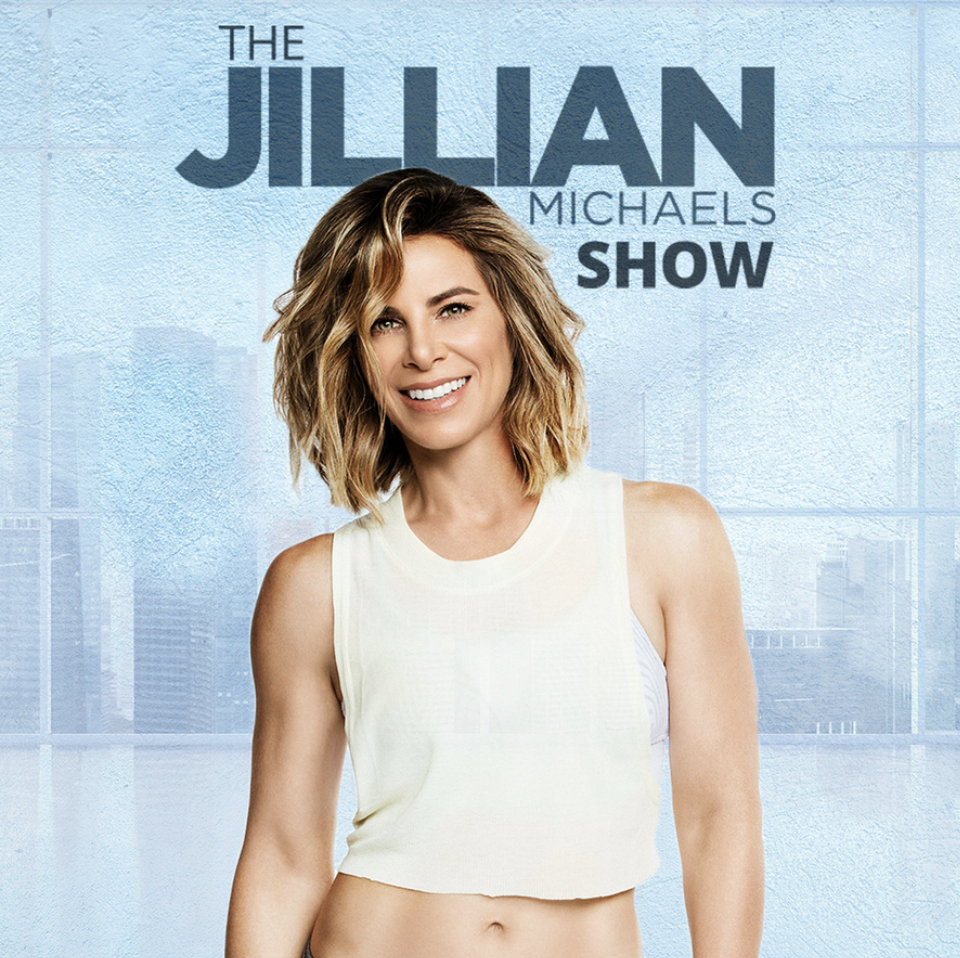
Source :https://www.jillianmichaels.com/podcast?page=1
Ali on the Run – Host Ali Feller is an avid runner who talks with inspiring people (entrepreneurs, marathoners) who are also runners! You can listen here
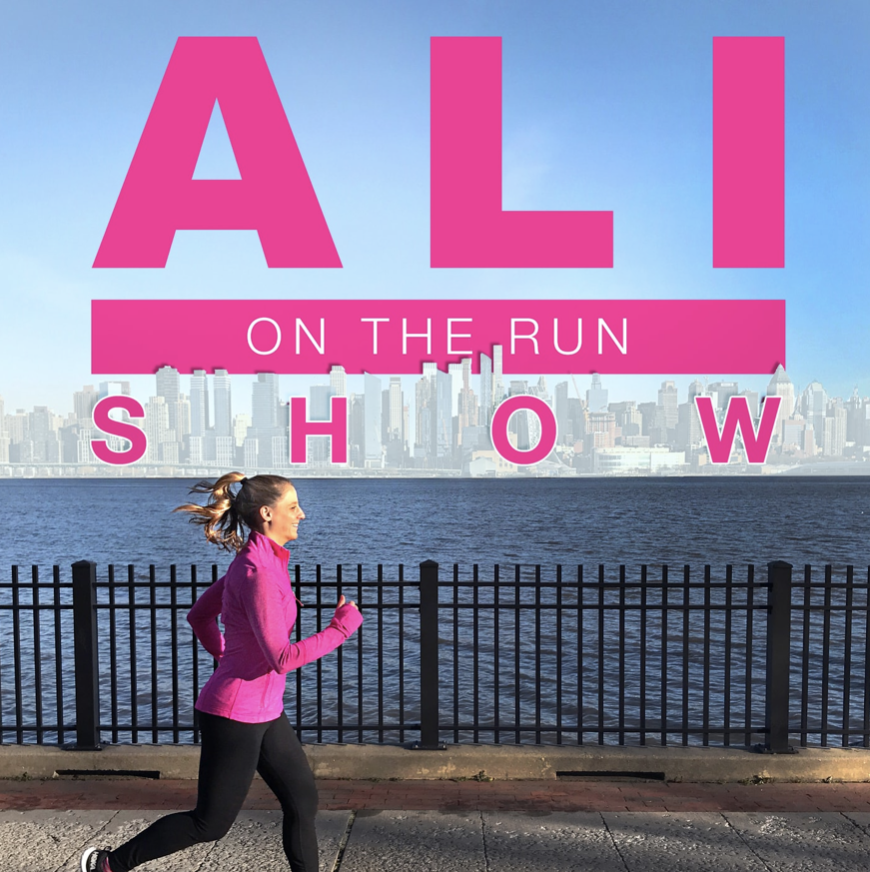
The Dumbbells – Eugene Cordero and Ryan Stanger are the hosts of this light-hearted, comedic fitness podcast that includes everything from jokes to lifting tips to motivation in achieving goals!

Source :https://headgum.com/the-dumbbells
Social Media and Body Image: Breaking the Toxic Relationship
Do you often find yourself spending hours scrolling through profiles of Instagram models and wish you could alter your body to look more like theirs? Do you watch viral Tik Toks and think to yourself, ‘why can’t I look like them too’? If you answered yes to these questions, trust me, you are not alone. In fact, several studies have suggested that social media can have a negative effect on body image. However, the truth is that social media is a part of our daily lives, so what can we do if we want to have a healthier relationship with it?
1. Creating a healthier feed
Remember that you don’t have to follow people who may tempt you into comparing yourself with them. Instead, try recognizing the negative or positive emotions that certain types of content raise in you and follow accounts that you feel nourish your soul rather than drain it. Following body positive and self-love accounts, as well as accounts that post content with less of a focus on physical appearance can help take away some of the potential toxicity of social media.
2. Avoid editing photos you post
When you edit your photos, your own focus is drawn to everything that you dislike and want to change about your appearance, rather than on everything that makes you uniquely and beautifully yourself. Social media can be deceiving as influencers edit their photos to “enhance them”. Take a second to be aware of this force that makes you feel like you need to change yourself and remember that you never have to feel that way.
3. Likes are not an accurate measure of self-worth
We’ve all been there in the moment after posting a photo, obsessively counting the number of likes that we get on that photo. This puts our own perception of ourselves and of our bodies in the hands of our followers. It can be difficult but try to avoid checking the number of likes yourself if you can. Some social medias, such as Instagram, has now made it so that this number is no longer shown to others and this helps reduce comparison amongst us. However, being able to see the number ourselves can still lead us to giving the number meaning, when in reality, it really is just a number.
4. If you need to take a break, take one
Sometimes when relationships aren’t working, we need to take time and space for ourselves and our relationship with social media is no different. If you find that social media is causing you significant distress and making you feel extremely negatively about your own body, listen to that feeling and take time away from it. Use that time to learn and remember the ways in which your body is wonderful and helps you do so much more than to pose in a picture. When you are ready, you can always go back, but remember that just like for any other relationship, if the same toxic patterns keep recurring, perhaps it is better to remove yourself from it permanently.
Yoga, why do it?
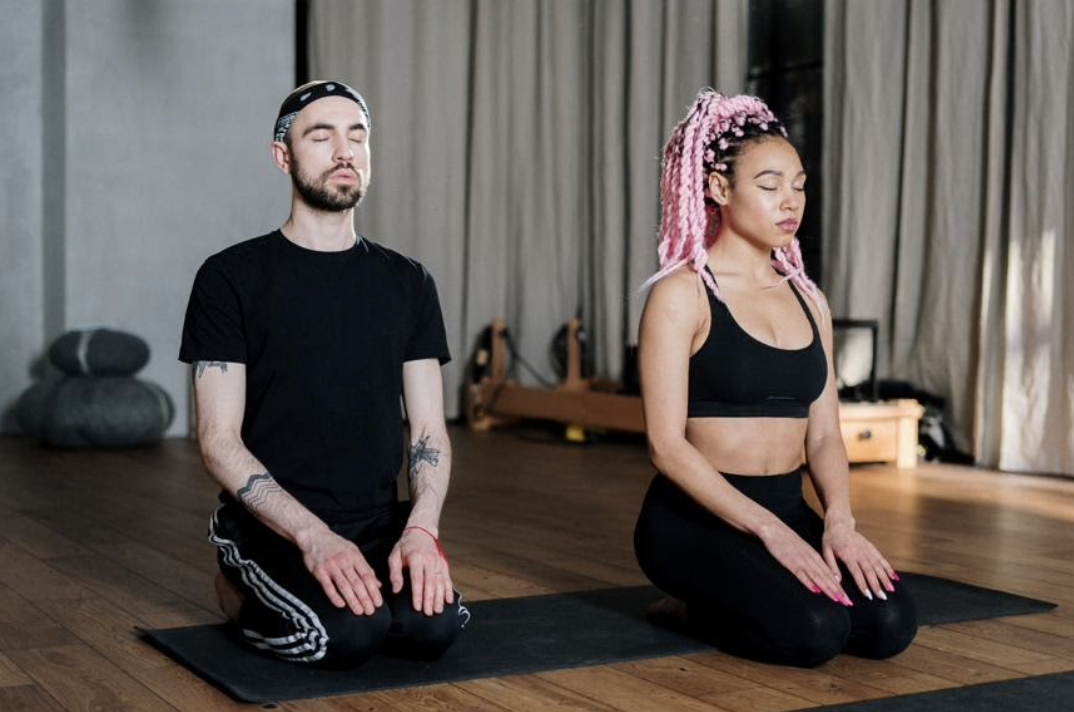
Benefits:
- Studies have shown that yoga decreases secretion of cortisol
- Yoga may also lower levels of anxiety, fatigue and depression
- Improves respiratory and cardiovascular function
- Helps to reduce chronic pain
- Could better sleep quality by increasing melatonin
- Increase flexibility and strength
Source :https://www.ncbi.nlm.nih.gov/pmc/articles/PMC3193654/, https://www.healthline.com/nutrition/13-benefits-of-yoga#TOC_TITLE_HDR_16
Easy poses to do at home:
1. Downard facing dog
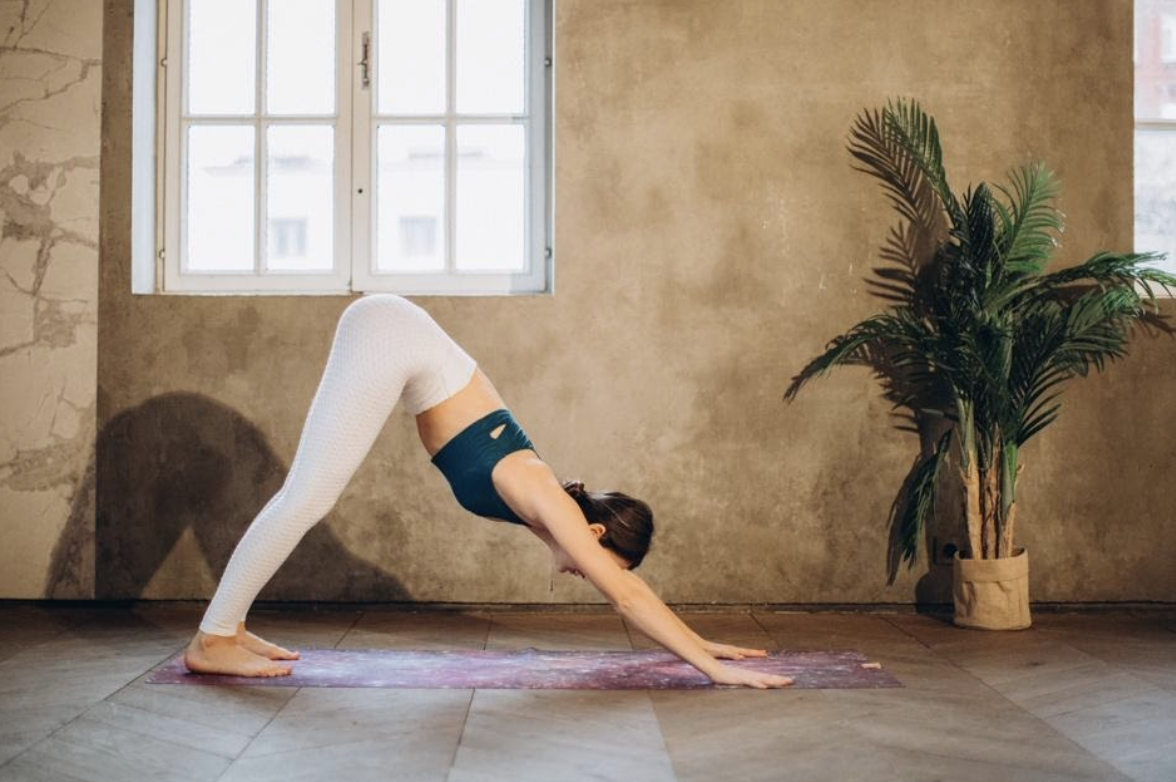
2. Plank

3. Tree
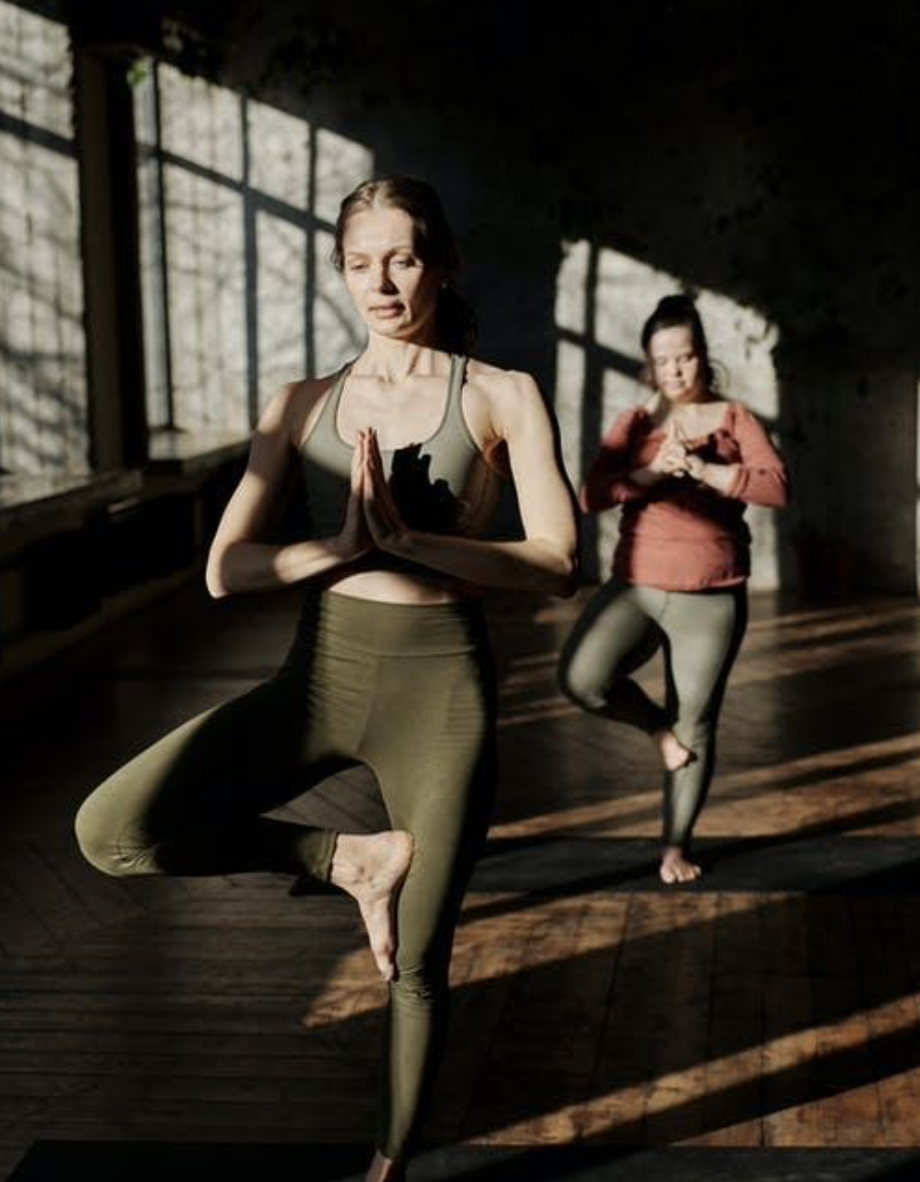
4. Warrior
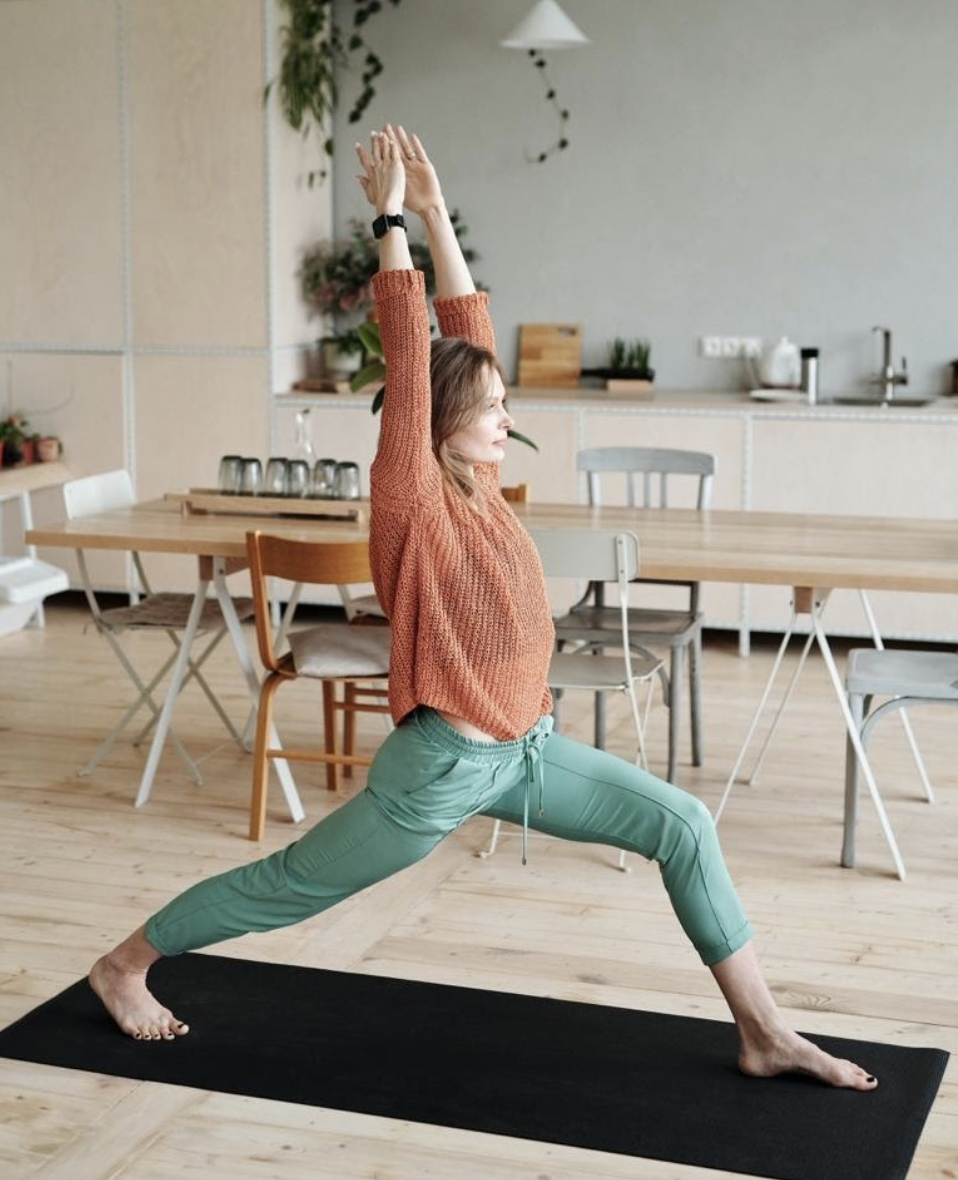
5. Warrior 2
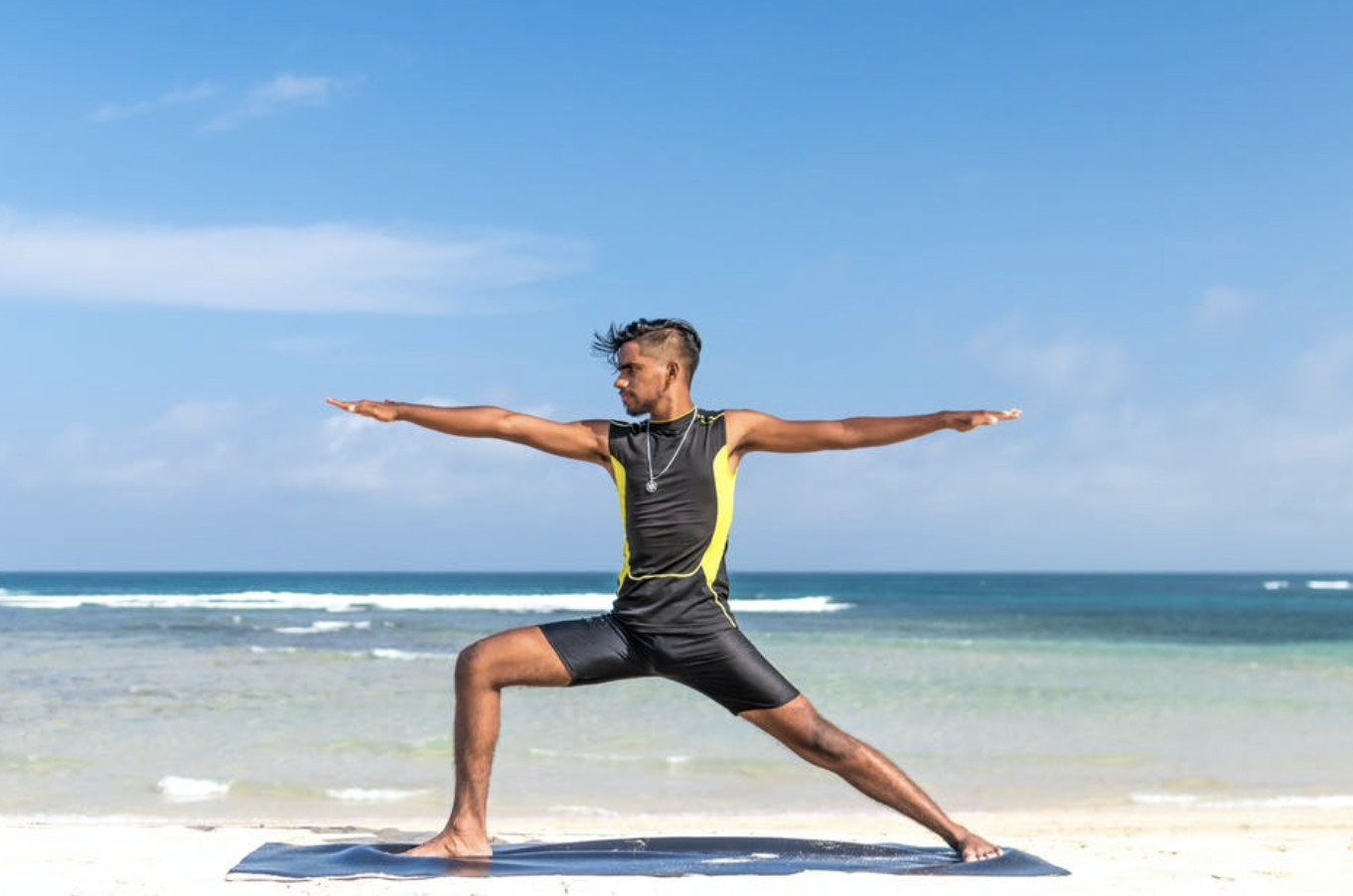
6. Child’s pose

Resources!
Websites
1. Yoga Download – Yoga Download has over 100 free yoga videos that can be filtered by difficulty, style and teacher. These videos can range anywhere from five minutes to upwards of an hour. Registration is required to access the videos.
2. Yoga Journal – Yoga Journal provides free yoga videos that can be filtered by difficulty. They also provide guided meditations.
3. Do Yoga with Me – This website also features hundreds of free yoga instruction videos. Half of the website’s content is free without a registration requirement.
Youtube channels
1. Yoga with Adriene **highly recommended**
2. Kino Yoga
Applications
1. Daily Yoga –The app provides more than 50 workout plans with instructions to guide the user through different movements

2. Down Dog – This app features over 60,000 configurations to bring yoga instruction to the comfort of your own home.

3. DDP Yoga – This app features many live-streamed instructional videos. With DDP Yoga, yoga is taken to another level by combining it with other fitness approaches (e.g., calisthenics, cardio, and nutritional guidance).

Source :https://www.healthline.com/health/fitness-exercise/top-yoga-iphone-android-apps#ddp-yoga
Introduction to Meditation
Meditation is a practice that originated in Buddhism, but is now practiced widely even outside of religious contexts. It has become increasingly popular as more people have started to recognize its benefits which include things such as anxiety reduction and improvement of sleep. However, for those who are less familiar with meditation, it can be a bit intimidating to start. Thankfully, we now have many applications that can help us foster this practice. The available apps are also very diverse, and you’ll likely be able to find an app that suits your unique needs and experience level.
Headspace

Headspace has hundreds of guided meditations that can be selected for managing anxiety, sleep, attention and much more. The app can send you” Mindful Moments” to remind you to continue staying present during the day. It also feature ”SOS” sessions for moments that you can access when you feel in crisis and creates a daily video series for you to start off every morning, mindfully.
Calm

This 2017 mindfulness app of the year offers guided meditations, sleep stories, breathing programs, stretching exercises and relaxing music. Meditation sessions can vary in duration and this app has options available for all levels of experience, ranging from beginners to advanced levels.
Insight timer
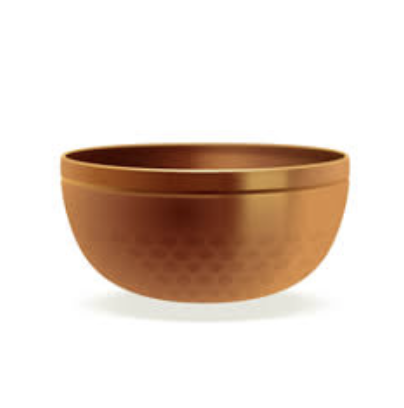
Insight timer is a meditation app with guided meditations and recorded talks led by experts in meditation and mindfulness. It also has a very popular meditation timer and community group threads for you to interact will fellow meditation lovers. Lastly, you can keep track of your own statistics and milestones to track your progress over time.
These are just a few examples of the most popular meditation apps but there are many more that exist out there! You are sure to find one that suits you and your needs best with just a little bit of exploring. Happy meditation!
Outdoor Fun: All Trails
It goes without saying that COVID has severely impacted the ways we are moving: as most of our activities are taking place remotely, we are becoming more and more sedentary. Moreover, even though some indoor spaces have reopened, some may find it difficult to enjoy their gyms and fitness centers like they used to as the strict precautions to reduce transmission risks inevitably change the way we practice our sports or activities. These were all reasons pushing me to turn to outdoors activity to continue being as active as I could all while mitigating the risk of contracting or spreading the virus. During one of the endless hours spent online, I managed to find a gem, an app called All Trails!
All Trails is an app facilitating the practice of outdoor activities such as camping, hiking, backpacking, and trail running. It allows its users to browse for national parks or trails in any region, to tailor their search according to their interests (route type, views, attractions, suitability/accessibility) and fitness level (trail length, elevation gain, difficulty) as well as to save their favorite ones. Each trail suggested is accompanied with detailed reviews and pictures, giving you a preview of what you might expect before you head out. It is a great tool to discover the national parks close to you.
Outdoors activities are great as they allow us to connect with nature as well as whoever we might be bringing along with us. There is evidence that spacious unpredictable natural sceneries increase creativity and sharpen our attention [1, 2]. I have found that as opposed to practicing indoor activities or doing home workouts, outdoors activities are also better at helping me disconnect from my screens.
As someone who does not necessarily have a lot of equipment, I found hiking to be a good cost-effective activity to start with. Not only does it foster better mental, emotional and physical health, hiking unsurprisingly also reduces blood pressure, stress levels, depression and risk of osteoarthritis, enhances our immune system, bone and muscle strength, and promotes weight loss, coordination and flexibility [3]. As opposed to running on harder surfaces, the softer trails are also generally easier on the joints.
The LWI physical wellness theme falls on the months of September and October; I hope we can take the opportunity to go outside as these are the perfect months to enjoy the beautiful autumn colors before the weather gets too cold!
1. van Rompay, T.J.L. and T. Jol, Wild and free: Unpredictability and spaciousness as predictors of creative performance. Journal of Environmental Psychology, 2016. 48: p. 140-148.
2. Plambech, T. and C.C. Konijnendijk van den Bosch, The impact of nature on creativity – A study among Danish creative professionals. Urban Forestry & Urban Greening, 2015. 14(2): p. 255-263
3. Mitten, D., et al., Hiking: A Low-Cost, Accessible Intervention to Promote Health Benefits. Am J Lifestyle Med, 2018. 12(4): p. 302-310.

